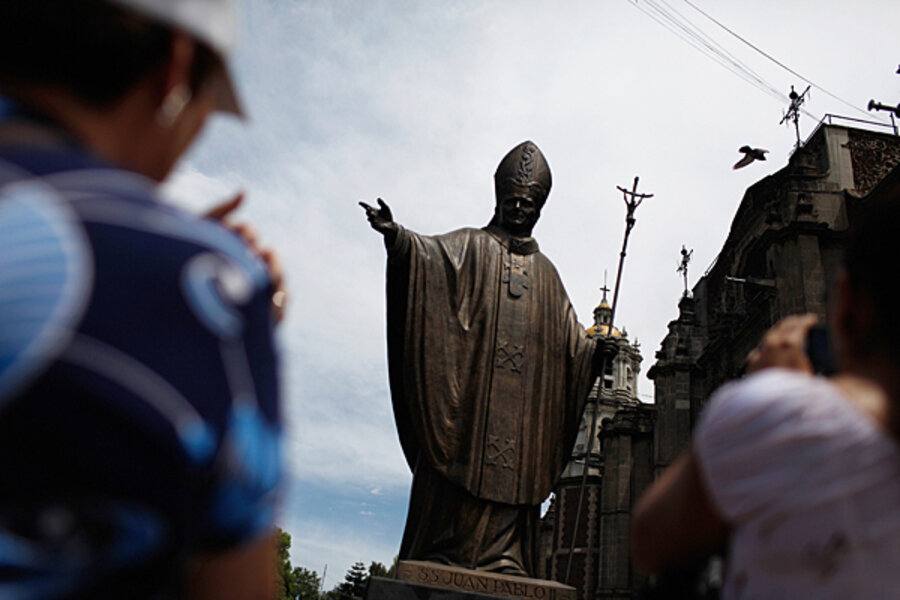Pope John Paul II made the first papal visit to Mexico in 1979. He returned four times – in 1990, 1993, 1999, and 2002 – making it one of the most visited countries during John Paul II’s papacy.
Mexico has the second-largest Catholic population in the world, behind Brazil, with 96 million Catholics residing in the country. Although the country lovingly welcomed John Paul II, it has traditionally had one of the strongest separations of church and state in the region, dating back to the Mexican Revolution in the early 1900s, when anticlerical policies were created.





